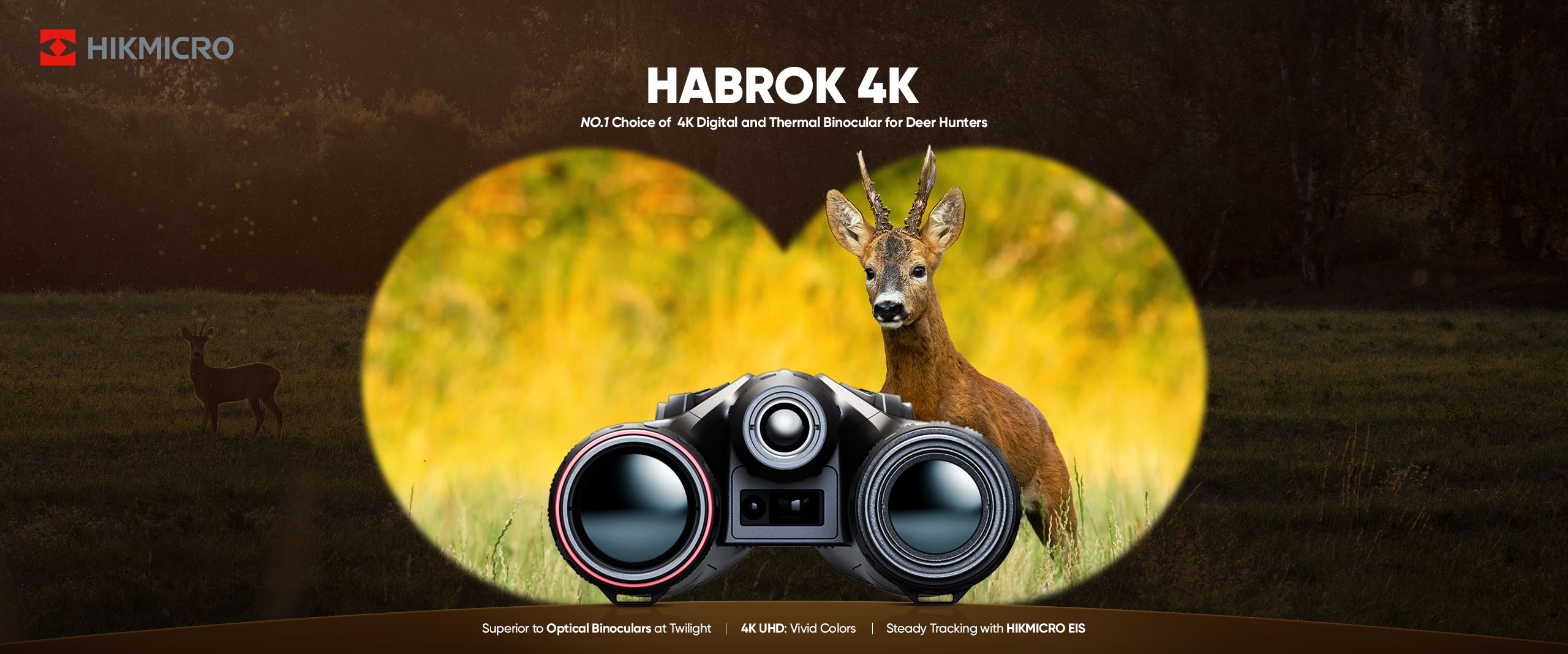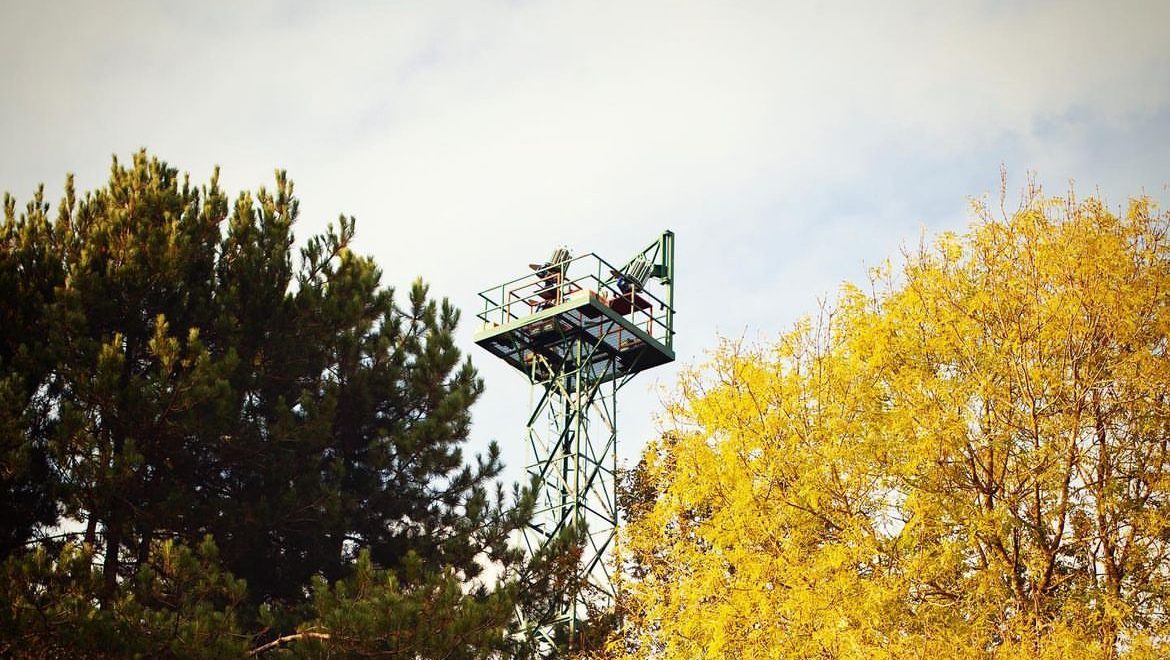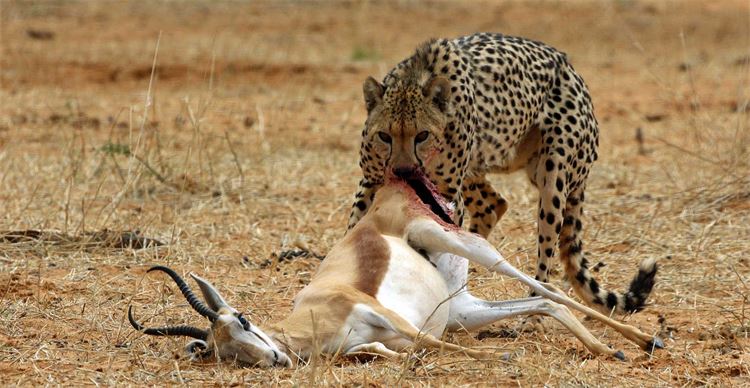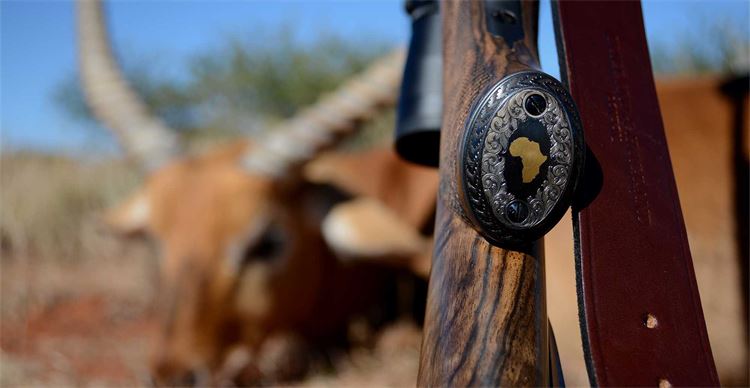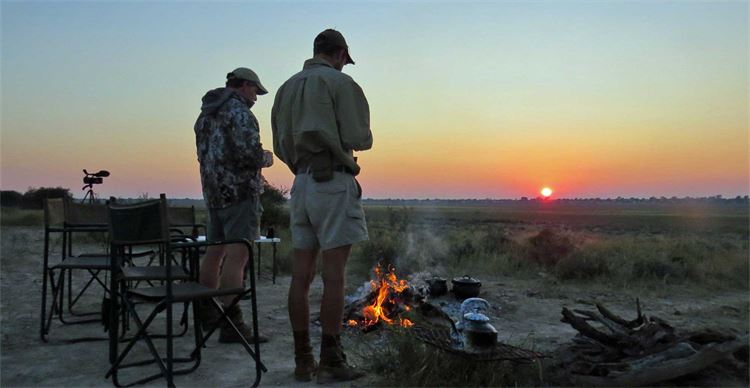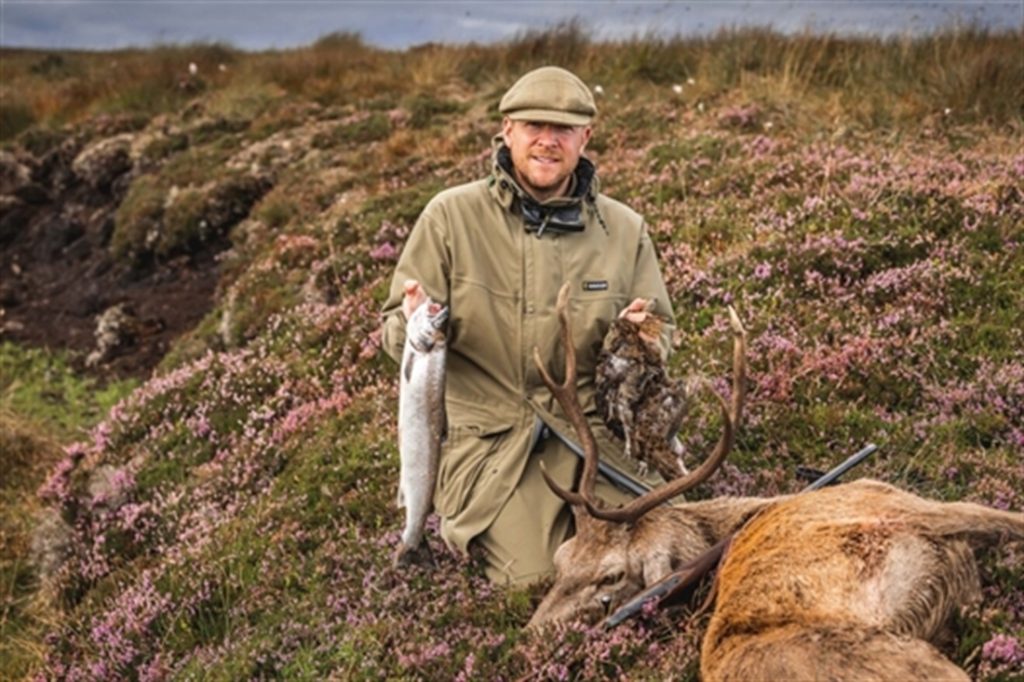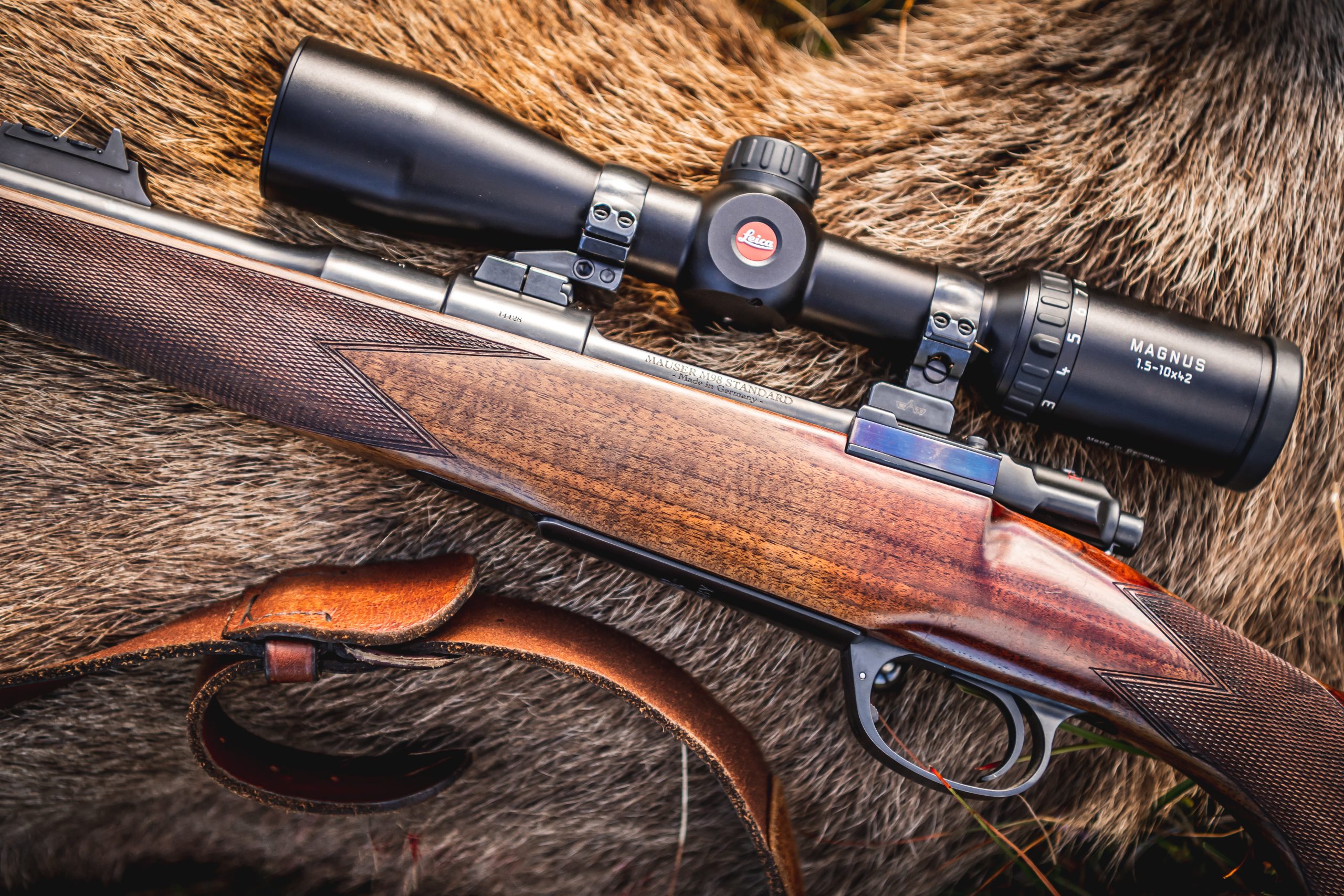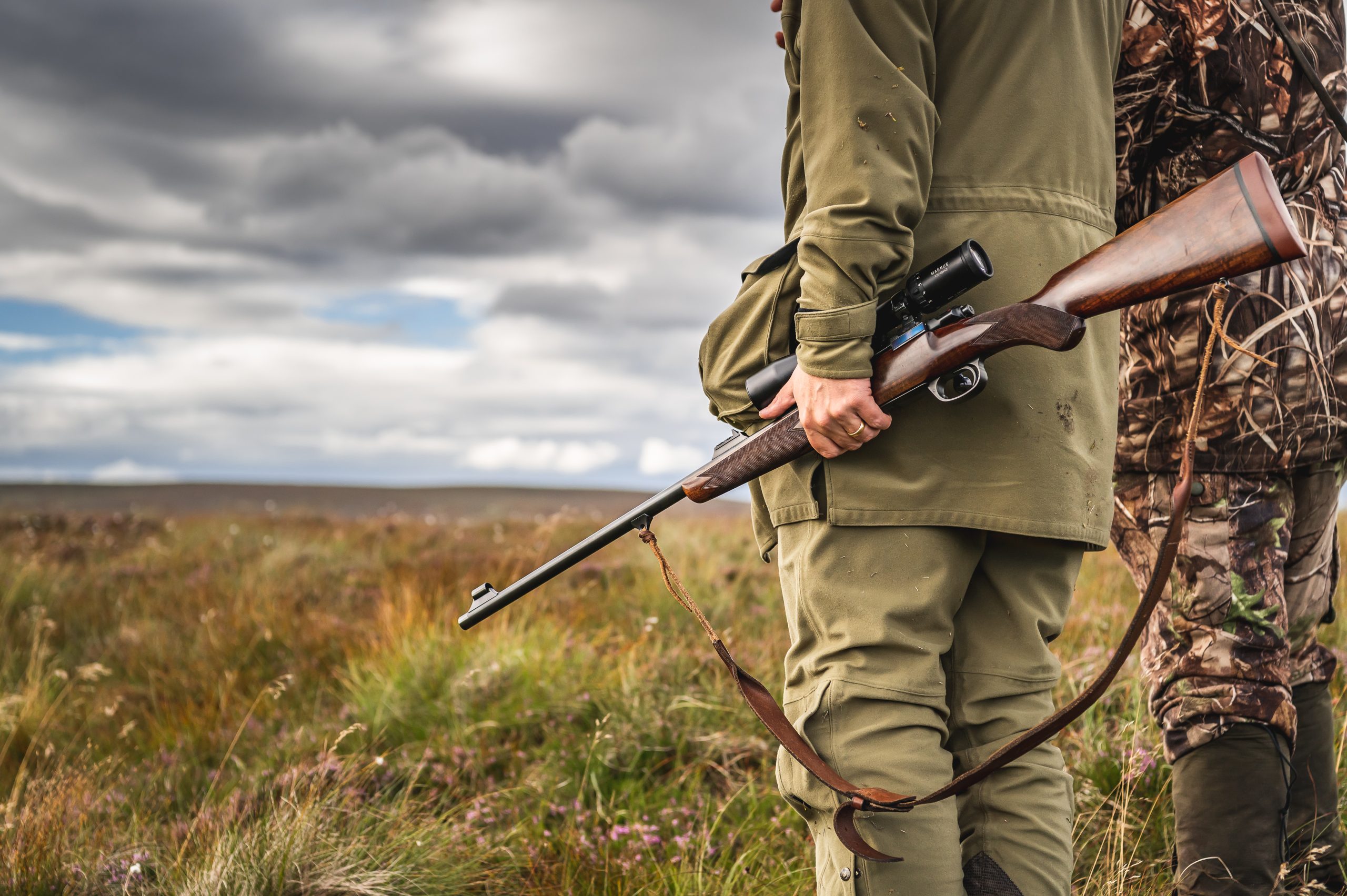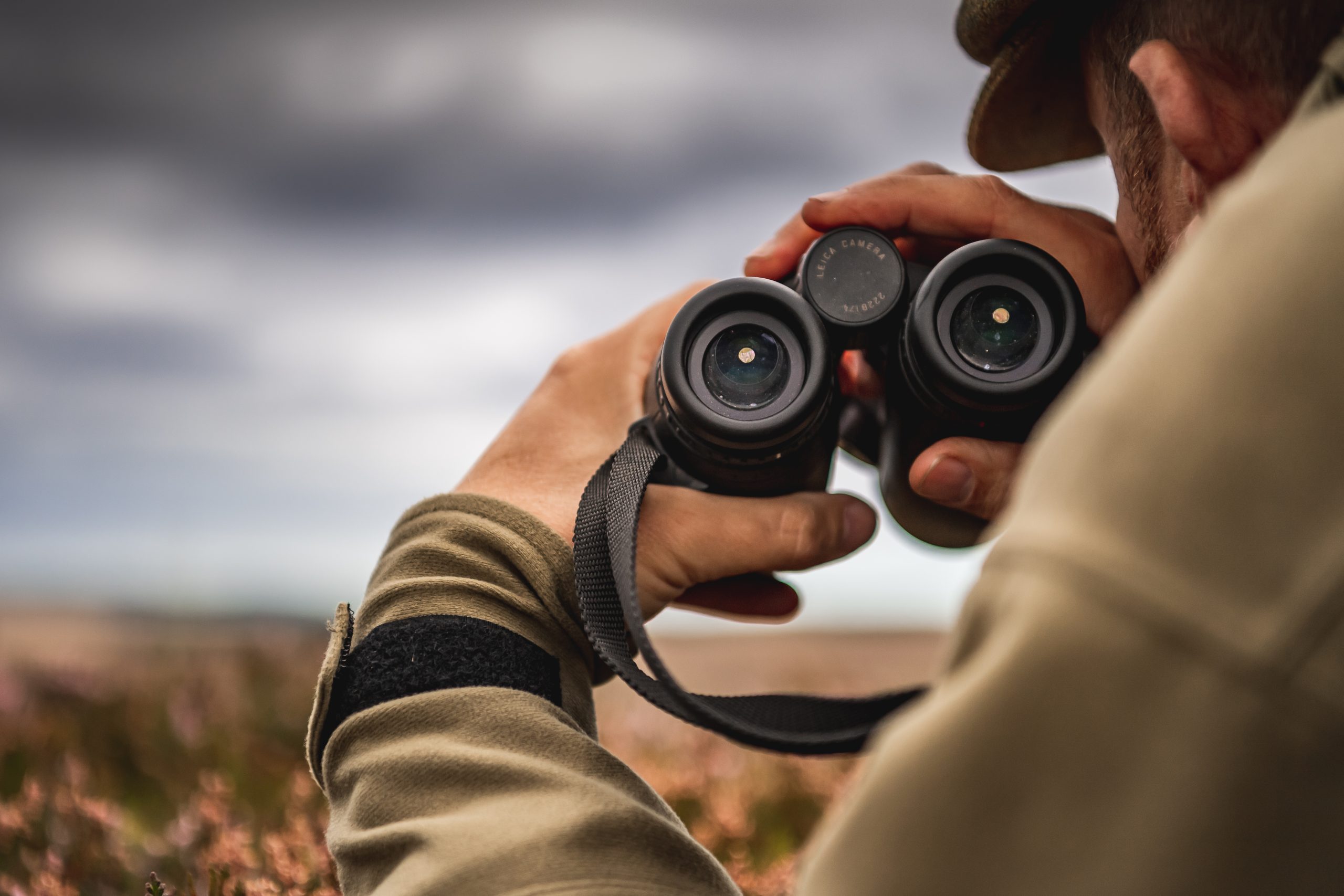Big game
Safari 101
There’s much to consider when planning an African hunting safari, but it’s often the small, simple things that really make the experience what it is, says Peter Ryan.
Would you like to appear on our site? We offer sponsored articles and advertising to put you in front of our readers. Find out more.
There is a recipe to writing about a first African hunt. Start with thornbush and sunsets, then spread thickly with rifles and calibres. Sprinkle with references to the Dark Content, the Big Five, white hunters and the ‘grey ghost.’ Top with a plug for your favourite outfitter and the whole stodgy cake is baked.
All good as far as it goes, but sadly it’s not much use to a beginner planning their first African trip. I waded through loads of it trying to plan my own maiden safari two decades ago, back when pterodactyls circled the skies and fire had yet to be domesticated. It worked out in the long run – when these words appear in print I will be on the ground for a lucky 13th safari. Based on that admittedly limited experience, what follows doesn’t adhere to the conventional recipe. It is simply what I would like to have known way back then.
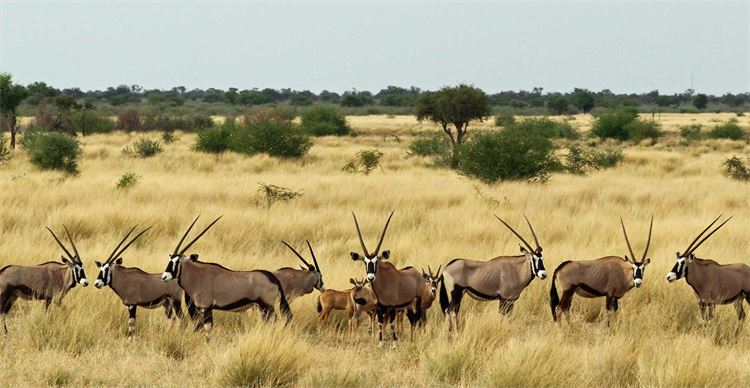
Whole books have been written on rifles for Africa and many are fine reading. They split hairs and are fun for those of us whose interests lie that way. But the vast majority of first safaris are not for mountain nyala in Ethiopia or lion in Tanzania. The hands-down winner is the plains game hunt in a southern country – South Africa, Namibia, perhaps Zimbabwe or Mozambique. There is a staggering array of plains game available across those great hunting nations – kudu, gemsbok, wildebeest, impala, warthog and the rest. And there are good reasons why almost everyone starts this way. This is some of the best, most accessible and affordable hunting to be had on the planet.
Outfitters vary wildly in quality, reliability and experience. Look for depth – a long history of successful operation, a large gallery of quality trophies, and a team big enough to handle injury, illness or any of the fickle surprises Africa is prone to. Once you have a shortlist, put the web to use and research the hell out of each candidate. When you make contact remember that how they treat your questions (in terms of patience, attention to detail and so on) is the best indicator of how the safari will go.
Unless an eland is on the cards there is no need to buy a new safari rifle (and plenty of good reasons not to.) A rifle you know and trust in the 7mm mag, 30/06, .300 class is fine for 95 per cent of plains game hunting. Find a batch of absolutely premium bullets – think Barnes TTSX, Swift A Frame, Woodleigh – and once it’s zeroed walk away from the bench. Practise live and dry firing off a set of shooting sticks until you can set up and get a steady shot away in short order without thinking. That takes practice. Remember you’re building a solid bridge between two stable things – you and the sticks – not pivoting the rifle on its point of balance to create a see-saw.
You can buy books on game anatomy, but with few exceptions they will tell you only two things. The first is that bullet placement on African plains game is not quite your favourite behind-the-shoulder shot at home. Standing broadside you follow the line of the front leg to one third of the way up the body. If the game is quartering, look for the light between the front legs, draw a vertical line through the middle of that gap, and again place the shot a third of the way up the body.
These are sweeping generalisations to be sure, and some will disagree. They may seem blunt, but have faith – they’re worth more than all the half-inch bench groups and ballistics tables put together. They will let you get a good, timely shot away without complexity or confusion.
But the key to a great safari – your safari – isn’t in the technicals. It is understanding what you want from the experience. Those who simply desire the greatest number of trophies for the least cost are perhaps the easiest to cater for, though most finish their trip with a sense of regret. John Ruskin had it nailed: “the common law of business balance prohibits paying a little and getting a lot – it can’t be done. If you deal with the lowest bidder, it is well to add something for the risk you run, and if you do that you will have enough to pay for something better.” Safari really is one of the great examples of buy cheap, buy twice. Trust me on this.
Ask yourself some fundamental questions and answer them honestly. Are you going for the romance, to get your name in the record books, or to put horns on the wall? For the first you’ll want vast wild landscapes with the Big Five wandering around. That combination is not standard on every African hunt. Walking with them is quite a thing, even if you’re not hunting them. If that kind of experience is what you want from Africa then say so and move on if you can’t get it. There are thousands of hunting outfits. You’ll find another.
Another piece of unconventional advice: be a good client. That’s for your sake as much as the PH. When he stops to look at a track or a chameleon or a pale chanting goshawk – most good professionals are also impressive field observers – it’s a chance to learn something rather than watch the clock. Those small moments are among the most pleasurable of any safari and they separate the great clients from the rest. Have some respect for the skills you’re seeing. And if weather or luck isn’t on your side one day, the golden rule is simple – keep up, shut up, shoot straight.
“We only see what we know,” said Goethe, and he was right. It would be a lost opportunity to go all the way to Africa without understanding what you’re looking at. That means knowing something more about the game than just how big a trophy is. A knowledge of how they live, how the rhythm of the ecosystem works and what your hunting dollar is doing for conservation will add depth to what you remember.
Here’s something they don’t put in the brochures. Safari can be an emotional rollercoaster, everything is sharper and more dramatic. The highs and lows of each day, uncluttered by news from the outside world, assume an importance that’s hard to explain. It’s like a soap opera, with everything a little blown out of proportion. If you understand that going in, you can enjoy the ride.
To all this I must add a final piece of advice. After all the fiddling with rifles and outfitters and paperwork you will one day find yourself on a plane. When you do, ponder this: we live in a world where the walls keep getting closer, the fences higher, and the great experiences grow fewer by the year. Everyone will tell you what rifle to take, what gadgets are needed, even what clothes to wear. I’ll tell you this instead because it’s the single most important thing: go with wonder in your heart.
Long after the safari is a memory a crate will arrive from a distant port and out will come an array of horns. If you’re very lucky, somewhere at the bottom will also be a folded skin, impala perhaps. When you open it you’ll hold in your hand the terracotta colours of pure, wild Africa, still lively and sleek as they were among the camel thorn. And then you’ll remember everything. But understand one thing first. It will never let you go.
Related articles
Big game
SAKO & TIKKA: PASSION FOR PRECISION
UNLEASH YOUR PRECISION CAPABILITIES DOWN TO 0.5 MOA ACCURACY.
By Time Well Spent
Big game
The MacNab
The Macnab Challenge – a salmon, a stag and brace of grouse in one day – has its roots in a novel by John Buchan. Simon K Barr finally succeeds after 10 years of trying
By Time Well Spent
Get the latest news delivered direct to your door
Subscribe to Fieldsports Journal
Elevate your experience in the field with a subscription to Fieldsports Journal, the premium publication for passionate country sports enthusiasts. This bi-monthly journal delivers unparalleled coverage of game shooting, fishing and big game across the UK and beyond.
Each issue offers a stunning collection of in-depth features, expert opinions and world-class photography, all presented in a timeless yet contemporary design. By subscribing, you’ll gain access to authoritative content from plain-speaking writers who tackle complex subjects with confidence and experience.
Plus, UK subscribers enjoy exclusive benefits including £2 million Public Liability Insurance for recreational and professional use of shotguns, rifles and airguns. Whether you’re a seasoned shooter or an intrigued novice, a Fieldsports Journal subscription is your gateway to enhancing your field sports endeavors and staying connected to the country way of life.


Manage Consent
To provide the best experiences, we use technologies like cookies to store and/or access device information. Consenting to these technologies will allow us to process data such as browsing behavior or unique IDs on this site. Not consenting or withdrawing consent, may adversely affect certain features and functions.
Functional Always active
The technical storage or access is strictly necessary for the legitimate purpose of enabling the use of a specific service explicitly requested by the subscriber or user, or for the sole purpose of carrying out the transmission of a communication over an electronic communications network.
Preferences
The technical storage or access is necessary for the legitimate purpose of storing preferences that are not requested by the subscriber or user.
Statistics
The technical storage or access that is used exclusively for statistical purposes.
The technical storage or access that is used exclusively for anonymous statistical purposes. Without a subpoena, voluntary compliance on the part of your Internet Service Provider, or additional records from a third party, information stored or retrieved for this purpose alone cannot usually be used to identify you.
Marketing
The technical storage or access is required to create user profiles to send advertising, or to track the user on a website or across several websites for similar marketing purposes.

